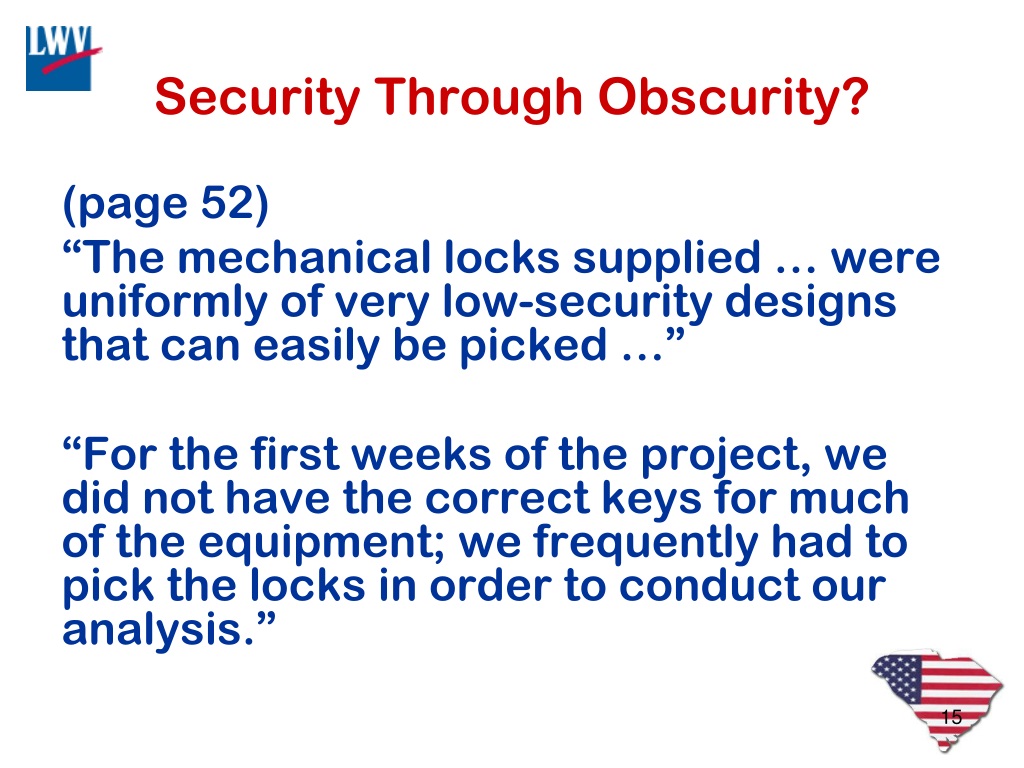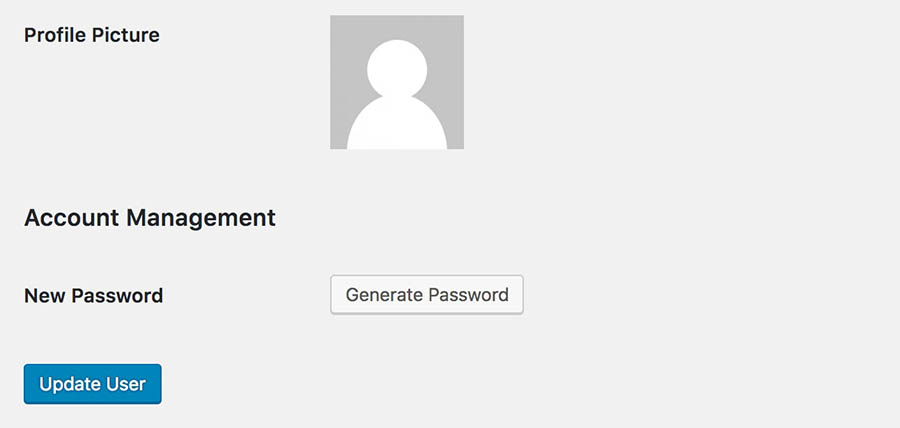

- SECURITY THROUGH OBSCURITY EXAMPLE SOFTWARE
- SECURITY THROUGH OBSCURITY EXAMPLE PASSWORD
- SECURITY THROUGH OBSCURITY EXAMPLE CRACK
You may use Security-by-Obscurity as an additional line of defense, you just shouldn't assume that it actually works. Note that it doesn't say anywhere that you can't keep your system secret.
SECURITY THROUGH OBSCURITY EXAMPLE PASSWORD
So, we can simply define Security-by-Obscurity to be any system that does not follow that principle, and thus we cleverly out-defined the password :-) The security of the system must depend only of the secrecy of the key, not the secrecy of the system.
SECURITY THROUGH OBSCURITY EXAMPLE SOFTWARE
must not be required to be secret, and it must be able to fall into the hands of the enemy without inconvenience.Īny security software design that doesn't assume the enemy possesses the source code is already untrustworthy.Īn alternative formulation of that principle is that Obfuscation is actually the primary defense against such an attack it’s not covering up flaws that you could have addressed, it’s preventing the deliberate introduction of flaws after the fact.Maybe it's easier to understand what Security-by-Obscurity is about, by looking at something that is in some sense the opposite: Auguste Kerckhoffs's Second Principle (now simply known usually as Kerckhoffs's Principle), formulated in 1883 in two articles on La Cryptographie Militaire: The analogy breaks down here, but it’s as though you put your money in a safe that was sabotaged during manufacturing to have a faulty lock. It’s like putting your money in a safe, and then putting that safe in a lockbox, and then burying the whole thing.įinally, there’s the possibility that an attacker who has control of the device where your software is running can deliberately modify the application to weaken its security – for example, changing your safe fopen_s call to an unsafe fopen call. And a random seed can be used to drive the obfuscation process, acting much like a cryptographic key. Recent results on indistinguishability obfuscation could take us in promising new directions. Here’s a simple example – it’s impossible to recover comments on code once they’ve been removed.Īlthough it’s not as advanced as cryptology, the study of obfuscation via code transformation is becoming much more rigorous. In fact, there are many examples of obfuscation that are difficult to undo even when they’re well understood. Again, this term usually means that the strength of the technique relies entirely on people not knowing about it. Now, I also said in the beginning of this blog that obfuscation is only partly security through obscurity. Obfuscation as just one tool in your security belt can give you a real boost in practice. If you use an automated obfuscation tool such as Irdeto’s Cloakware Software Protection, you can get the best of both worlds – you can write and review clean, well-organized code, and still give your attackers an incomprehensible mess. But… if you layer obfuscation on top of these security practices, you’re making your software that much more unattractive to would-be attackers. What’s more, you should constantly be vigilant about rooting out and addressing security vulnerabilities in your code. There are hundreds of recommendations for writing secure software, and you should always follow them. Let’s bring this back to software obfuscation. Security through obscurity isn’t bad, it’s security only through obscurity that’s risky. Burying your money is only a bad idea if that’s the one thing you do to protect it.

SECURITY THROUGH OBSCURITY EXAMPLE CRACK
What if you put your money in a safe AND bury it? You get all the benefits of a solid security technique and add a significant practical barrier – thieves have to find your safe before they can even start to crack it.

Burying your money is a classic example of security through obscurity, because as soon as somebody knows what you did, they can undo it.īut hang on! There’s a third choice. Obviously, you should choose the safe – it’s a carefully designed, rigorously tested device for keeping out intruders, while buried money is vulnerable to anyone who knows the location and has a shovel.

Suppose you are trying to protect your money, and you have two choices: put it in a safe or bury. The thing is, security by obscurity is an often-misunderstood term. However, that doesn’t mean it’s a bad idea. Obfuscation IS at least partly security through obscurity. I’m going to come clean right away – the title of this article is a lie.


 0 kommentar(er)
0 kommentar(er)
